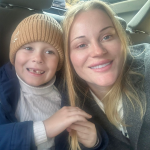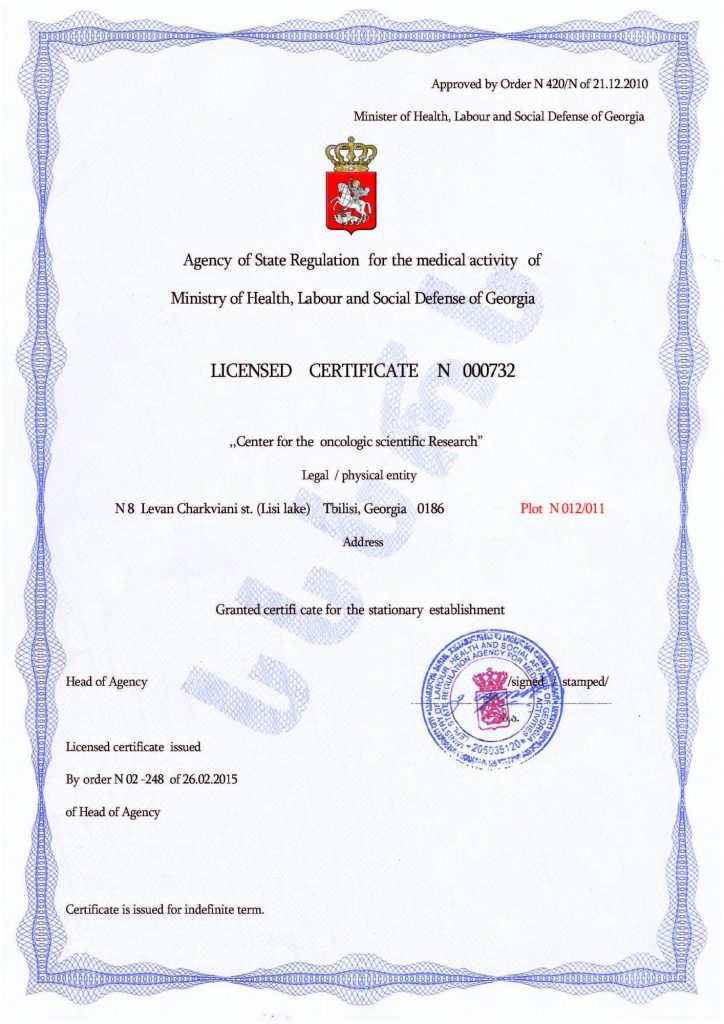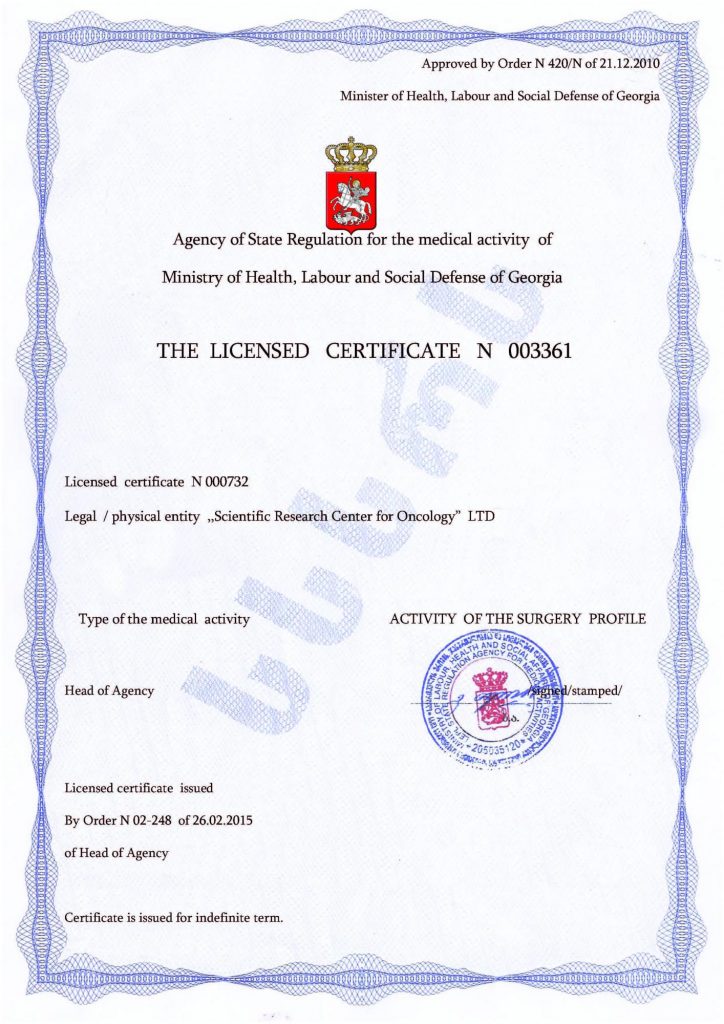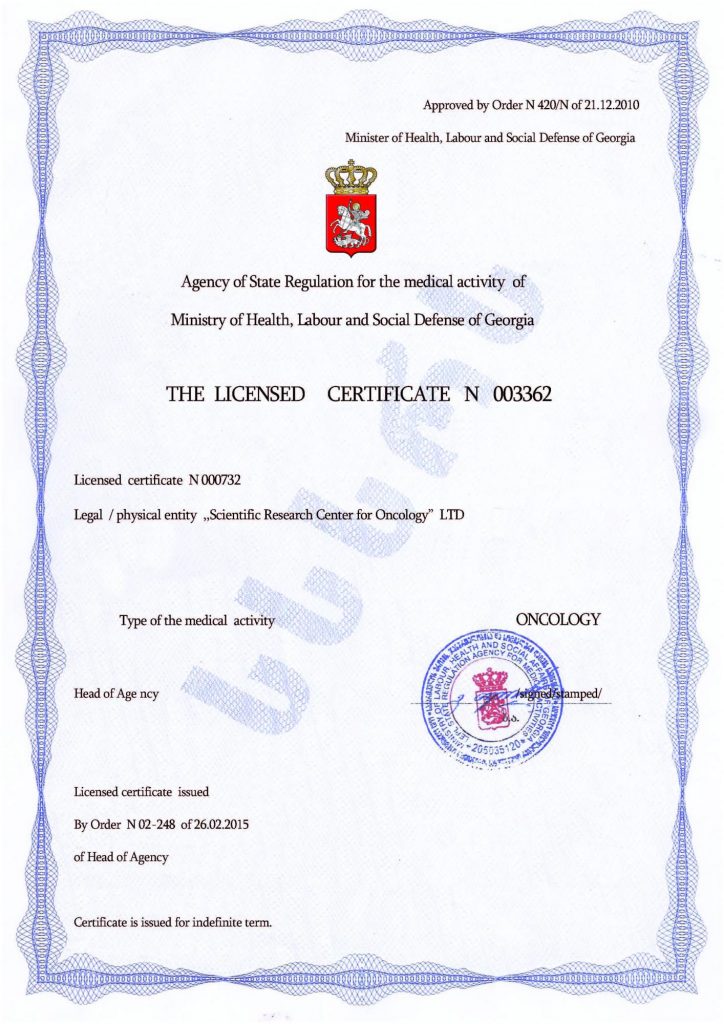Verbal and Non-Verbal Autism
What is “Verbal Autism”?
The term “verbal autistic” is typically used to describe a person with autism who has the ability to speak and use language for communication. Verbal autistics can express their thoughts and needs using words. However, despite being able to talk, children with autism experience significant challenges in communication. Typically, verbal autistics have difficulty maintaining a conversation, especially with strangers, and struggle with misinterpreting non-verbal cues. The speech of a child with verbal autism can also be complicated by a number of speech-related issues. It’s important to note that each child with autism is unique, and their abilities, skills, and levels of social interaction and communication vary.
What is “Non-Verbal Autism”?
Non-verbal autism is a term used to describe individuals with autism who have very limited or absent verbal communication skills. This means they may not use speech for communication or may use it only in a limited way. It’s crucial to understand that “non-verbal” does not mean the absence of other forms of communication. Non-verbal autistics may use various alternative ways to communicate, such as:
- Facial expressions and gestures: The use of body language, facial expressions, and other non-verbal signals.
- Alternative and augmentative communication devices: For example, picture boards, tablet applications, or other devices that help express thoughts and needs.
- Writing: Some individuals may use writing as a form of communication.
- Sounds and vocal signals: Some may use sounds, vocalizations, or even musical elements to express themselves.
Non-verbal autistics may face challenges in understanding social norms, interpreting non-verbal signals, and adapting to changes in their environment.
How to Teach a Child with Autism to Speak?
Even if a child has a significant speech delay (older than 4-5 years), it is important to continue working on speech development. A personalized plan of action should be created with the involvement of a speech therapist or behavioral therapist. What can help trigger speech in a child with autism?
- Visualization: Autistic individuals often process information better visually. Daily schedules, names of objects, and actions should be presented through pictures with explanations.
- Creating Instructions: Use short, simple sentences and repeat them to help the child understand and remember information.
- Speech Modeling: Speak slowly and clearly, modeling the necessary words and phrases, showing how they are used in context.
- Play-Based Methods: Integrate speech learning into games and everyday situations. Communication-based games can motivate the child to use speech.
- Encouragement and Support: Encourage and support any attempts the child makes to speak, even if they are not perfect.
- Functional Use of Speech: Teach the child to use speech for specific goals, such as asking for items or expressing needs and desires.
Individual Stem Cell Therapy for Autism
A significant boost in the development of speech in children with autism often occurs after stem cell transplantation from bone marrow. This method has undergone years of testing in many countries worldwide. According to statistics from the Mardaleishvili Medical Center in Georgia, about 90% of all patients who underwent stem cell therapy show consistent progress in speech development, emotional intelligence, and mental stability. The procedure does not cure autism, but it helps correct the child’s condition, enabling further development and socialization.
Learn more about autism stem cell therapy in Georgia.
Autism Treatment Center Videos
Autism treatment with own stem cells
Cord blood association congress
International Quality Crown
Autism Treatment Reviews
Autism treatment with own stem cells
The story of Alessandro (6 years old)
Autism Patient Testimonial - Stem Cell Treatment
Clients Testimonials

Review by Anastasia, mother of Yusup (8 years old) Read More

Feedback from Nathalie, mother of Andre (9 years old) Read More

Feedback from Yulia, mother of Emily (7 years old) Read More
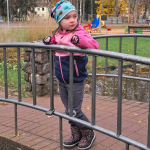
Feedback by Everita, Katrina’s mother (5 years old) Read More
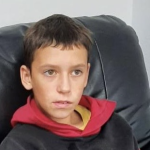
Feedback from Igor, David’s father (12 years old) Read More
